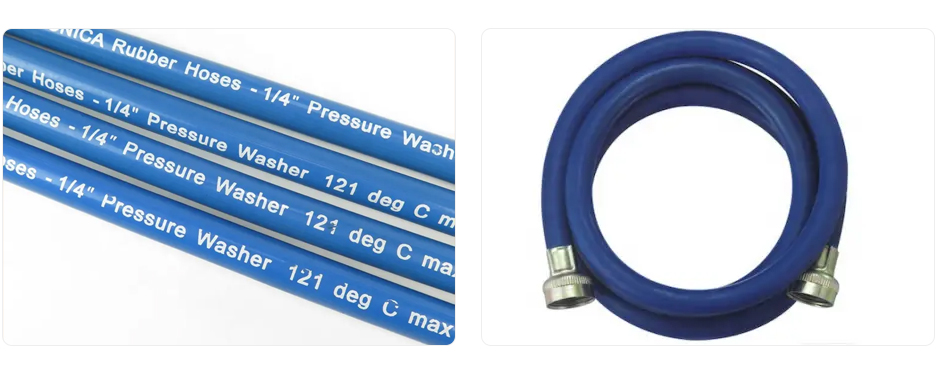335345435
Aug . 14, 2024 08:16 Back to list
High-Performance PTFE Flexible Hose Solutions for Various Industrial Applications in China
Understanding China’s PTFE Flexible Hose Pipe Market
Polytetrafluoroethylene (PTFE) flexible hose pipes have gained significant popularity due to their chemical resistance, thermal stability, and versatility in various industrial applications. Particularly in China, the market for PTFE flexible hose pipes has witnessed substantial growth, driven by increasing demand across multiple sectors including petrochemical, pharmaceuticals, food processing, and automotive industries.
PTFE is a high-performance plastic known for its unique properties, such as a low friction coefficient and excellent resistance to heat and chemicals. This makes PTFE flexible hoses ideal for transporting aggressive fluids and gases without the risk of degradation or leaks. In industries where contamination could lead to significant losses or safety hazards, PTFE hoses offer peace of mind due to their inert nature.
Understanding China’s PTFE Flexible Hose Pipe Market
One of the standout features of PTFE flexible hose pipes is their ability to operate at a wide range of temperatures, typically from -100°F to +500°F (-73°C to +260°C), depending on the specific composition. This thermal versatility enables their application in high-temperature environments, common in heat exchangers and reactors in chemical plants. Moreover, PTFE hoses maintain their flexibility and integrity even at ultra-low temperatures, enhancing their utility across diverse applications.
china ptfe flexible hose pipe

In the food and beverage industry, PTFE hoses are particularly favored for their non-reactive properties, which ensure that the integrity of food products is maintained without any risk of leaching harmful substances. This is critical in meeting stringent food safety regulations. Likewise, the pharmaceutical sector relies on PTFE hoses for the transport of sensitive chemicals and compounds, ensuring minimal contamination and adherence to strict industry standards.
The manufacturing of PTFE flexible hoses in China involves sophisticated production techniques. Leading manufacturers employ advanced technology to ensure high-quality products that meet international standards. Innovations such as braided stainless steel reinforcement add to the strength and durability of these hoses, making them suitable for high-pressure applications. Furthermore, customization options are available to meet specific needs concerning lengths, diameters, and pressure ratings.
Despite the advantages, companies in the PTFE flexible hose market are also faced with challenges. The initial cost of PTFE hoses can be higher compared to conventional rubber or PVC hoses. However, the long-term benefits, including durability and reduced maintenance costs, often outweigh the initial investment. Additionally, the growing awareness of environmental sustainability is pushing manufacturers towards more eco-friendly production processes and materials.
As the industrial landscape continues to evolve in China, the demand for PTFE flexible hose pipes is expected to increase. This growth is fueled by ongoing investments in emerging sectors, including renewable energy and advanced manufacturing. With continuous innovation and a focus on quality, the Chinese PTFE flexible hose market is poised for a robust future, catering to both domestic and international needs.
In conclusion, PTFE flexible hose pipes represent an essential technology in modern industrial applications. Their unique properties ensure safety and efficiency across various sectors, positioning them as a vital component in China’s industrial growth narrative. As industries continue to expand and evolve, the adaptability and reliability of PTFE hoses will play a crucial role in meeting future challenges.
-
SAE 100 R17 Black Smooth Cover Hydraulic Hose
NewsMar.07,2025
-
SAE 100 R17 Black Smooth Cover Hydraulic Hose
NewsMar.07,2025
-
SAE 100 R17 Black Smooth Cover Hydraulic Hose
NewsMar.07,2025
-
SAE 100 R17 Black Smooth Cover Hydraulic Hose
NewsMar.07,2025
-
SAE 100 R17 Black Smooth Cover Hydraulic Hose
NewsMar.07,2025
-
steel wire braided hydraulic hose
NewsMar.07,2025



